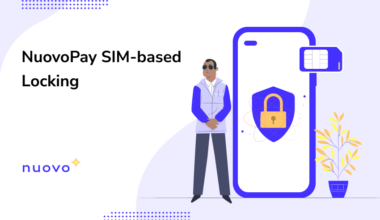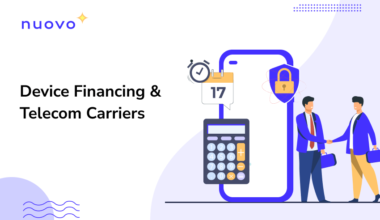Modern technology knocked on the doors of the 21st century with the introduction of the first-ever iPhone. Why this seems like a milestone as important as the launch of PCs or even the internet, is simply because of the accessibility that the iPhones ushered in. For the first time in years, a device ahead of its time seemed to be more reachable (and usable) than the bulky pieces of technology the world was accustomed to. Since then, there’s honestly no looking back.

The global smartphone sales skyrocketed once Android entered the market with more affordable, customizable phones and the ever-growing number of applications that are available at the user’s disposal- for knowledge, communication and entertainment. These smartphones did everything a laptop or a computer could, taking only a fraction of space as compared to the computer.
The developed nations and high-income countries were the obvious first choice that leaned towards smartphone adoption. The smartphones slowly started appearing in the day-to-day lives of people, making occasional appearances in the workplace first and then the schools. Saying that the impact was drastic is a mere understatement. This penetration, of course along with the internet teamed up to be a pivotal moment in the way living was perceived. High-performing tasks were automated with modern industrialization and workflows driven by computers, but it was the smartphone that truly revolutionized human lives.
The world came closer, communication became super-efficient, new pathways of learning were opened and the sky was the limit in the true sense.
Mobile phone adoption- the changing times
Fast forward to today and the global mobile phone adoption is startling. According to a survey performed in 2019, in the least developed countries classified by the United Nations, the average mobile cellular adoption rate per 100 people was 69.06, the number being even higher for the high-income countries.
What this also means is that along with the global phenomenon of democratization of finance, information and industrialization, the democratization of technology is gradually picking up. Technology can serve as one of the biggest social equalizers, ensuring that equal opportunities are extended to all, irrespective of their social, geographical and cultural backgrounds. The democratization of technology is not only limited to individuals using the best and the latest technology but also the difference in technological infrastructure between small, medium and large businesses. The only caveat that stands between the full-fledged democratization of technology is the economic encumbrance.
Naturally, to make the technology more accessible, shrinking the production costs of devices- both hardware and software, seems like the more conspicuous choice, which is practically impossible to bring into reality. Technology, especially consumer technology is getting cheaper but at the stake of innovation, not to mention the smaller tech (supported by Moore’s law), manufacturing advances and overall cheaper hardware.
And yet in several parts of the world, technology accessibility is rare and highly coveted. When people do not have access to several basic needs for survival, technology seems to take the unhurried preference, standing in the way of global democratization.
This is where device financing can step in.
Device financing- the golden midway
Device financing can help turn the tide by matching technology offerers with the ones who need to have access to the technology without causing financial burdens. A model that is widely used and accepted in the developed nations for making modern technology readily available (think new iPhone every year), the device financing model doesn’t seem to have caught up in the developing or underdeveloped geographies.
It is not that these countries or technology enablers in these countries haven’t been aware of these systems where individuals or businesses can procure devices such as smartphones at low upfront costs and pay regular installments against its usage, but it is the challenges that come along with device financing that has intercepted the acceptance of the same.
The lack of a comprehensive, singular social payment system makes the ‘device on credit’ model far from fathomable in several countries. The device financing companies, the telecom carriers selling pre-bundled device + SIM service combination and other financial institutions shy away from the device financing model in underserved markets simply because it is too much work and too much financial risk.
Learn More: Device financing with sim-based locking for telcos
The devices, once leased out cannot be tracked for regular payments due to the lack of a centralized credit scoring system. The recovery of these devices hence becomes impossible, if not cumbersome up on missed payments. The struggle is real and there is no quick fix. Only a dedicated solution that can streamline the end-to-end device financing without perturbing the end-user experience can come to the rescue (or recovery, quite literally).
Learn More: How to Push Payment Reminders with NuovoPay?
One of the primary motivations, when we set out to create NuovoPay, was serving this exact purpose. Bridging the gap between the underserved and the abundant with technology, for technology by using technology was our pursuit. After all, this is what democratization really means.





